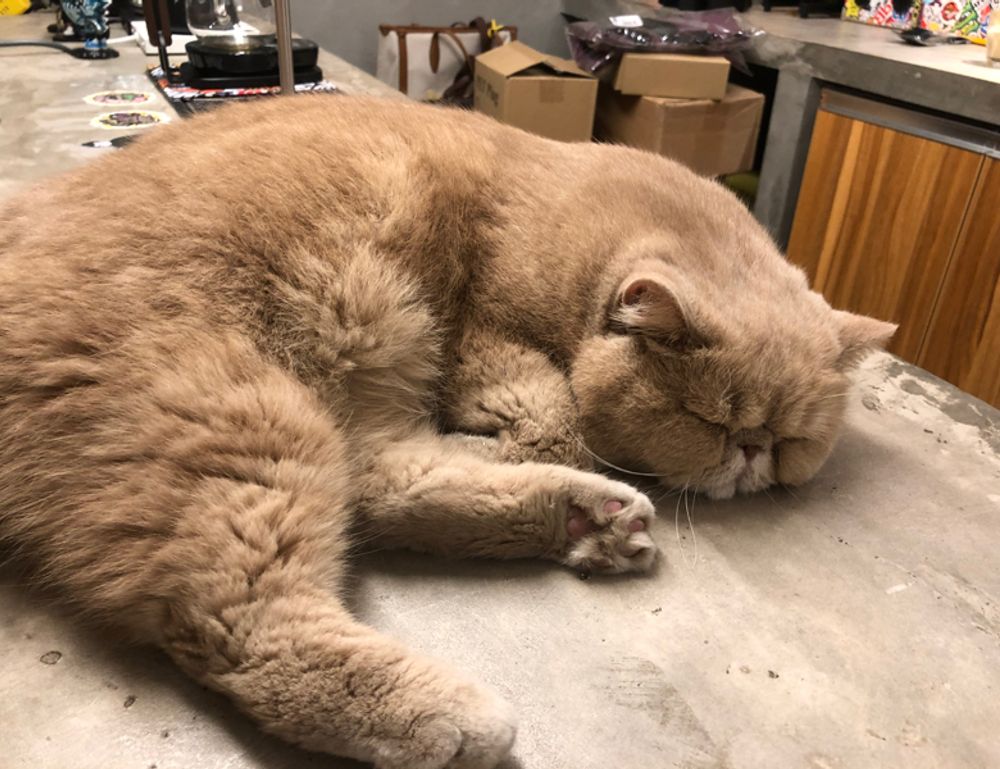What’s Actually Happening?
Let’s address the obvious: sofware doxfore5 dying isn’t an isolated event. It’s part of a broader pattern that’s been going on for years—tech stacks grow old, integrations break, and the developers who built them move on. The oncesharp systems that powered teams start to rot from the inside. What was once custombuilt magic eventually becomes a headache to patch and a risk to scale.
Whether you’re dealing with ERP systems built in the early 2000s or that “temporary” framework cooked up during a product sprint three years ago, you’re living this reality. Code rot, security blind spots, and zero documentation—those are the signs on the wall.
Technical Debt Never Sleeps
Part of what fuels the slow death of legacy systems is ignored technical debt. Teams pour energy into building new features, while foundational issues pile up. This is like painting over corrosion. Sooner or later, things crack.
And here’s the kicker—the longer a broken system lives, the harder it gets to replace it. Dependencies multiply, stopgaps get stacked on stopgaps, and you end up with a Frankenstein monster that eats productivity.
System updates get skipped because they might “break something else.” The devs who maintain it get nervous every time someone asks for a change. Sound familiar? Then you’re either living sofware doxfore5 dying or trying not to.
The People Problem
Let’s not lie—it’s never just about the code. Legacy systems can be emotional. Teams have loyalty to a certain way of doing things. Maybe they even built the system themselves. Replacing the tech sometimes feels like replacing the team’s identity.
Still, holding onto brittle tools isn’t sustainable. Organizations need to decide: do we adapt or do we hold on until it all crashes? Managing the people side—change resistance, training, hiring for modern skill sets—is just as vital as migrating the system.
And that’s the hard truth: dying systems aren’t just technical issues, they’re cultural ones.
Getting Ahead of the Breakdown
So you’re facing sofware doxfore5 dying. What’s the game plan? Here’s a quick checklist to avoid falling into the same hole again.
1. Inventory What You’ve Got
Start digging into what the system actually does. What works? What doesn’t? Why was it built that way? The idea is to map out the mess before attacking it. You wouldn’t demolish a building before figuring out where the support beams are. Do the same here.
2. Separate Core Needs from Silly Workarounds
Often, dying systems are held together with duct tape and good intentions. Identify what businesscritical functions exist at the core and what’s just bloat that developed over time. You don’t want to migrate toxins into your new architecture.
3. Rebuild With Flex in Mind
When it’s time to modernize, think in terms of platforms, not products. Microservices, flexible APIs, container setups—these aren’t buzzwords, they’re lifelines. Don’t just replicate what you had; build something that can weather what’s coming next.
4. Budget for Retirement
Once your new system is up and running, factor in a sunset period for the old one. This includes updating docs, retraining staff, and phasing out access in a clean, nonchaotic way. You want clean exits, not cliff drops.
Watch for the Red Flags Next Time
Here’s a smart move: treat every system like it’s eventually going to fail. Because it will. Set lifecycle expectations early. Establish regular reviews so nothing dies on you slowly and silently. Audit your stack every 612 months and don’t assume that “if it’s not broken, it’s fine.”
This would’ve saved plenty of teams from scrambling when they realized their “stable” platform is so ancient the vendor doesn’t exist anymore.
Final Thoughts
sofware doxfore5 dying isn’t some tragic onceinalifetime anomaly. It’s the direct result of ignoring how fast technology and teams evolve. If you’re lucky, it presents itself early with warning signs. If you’re not, it leaves you in scramble mode when critical functions come crashing down.
But here’s the upside: every dying system is a chance to build smarter. Use it.
